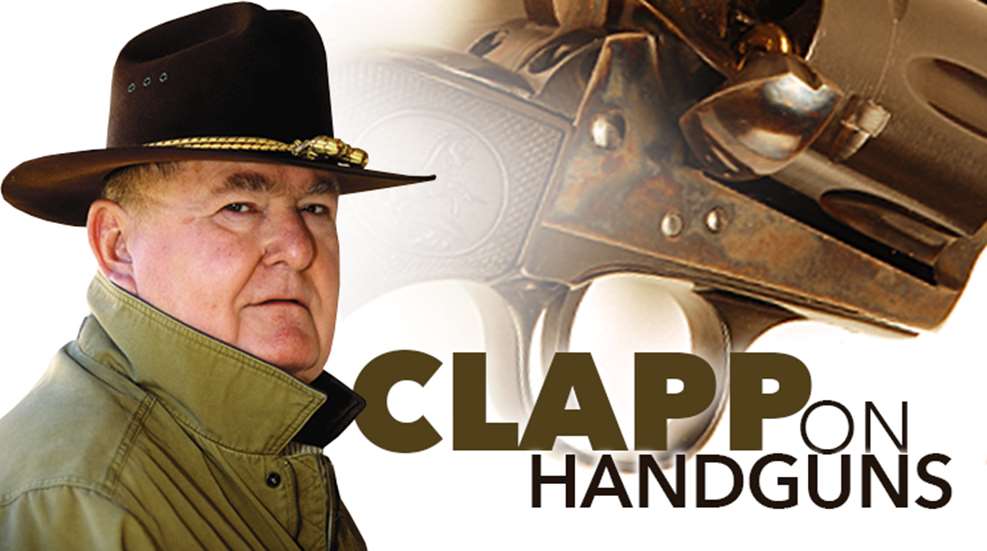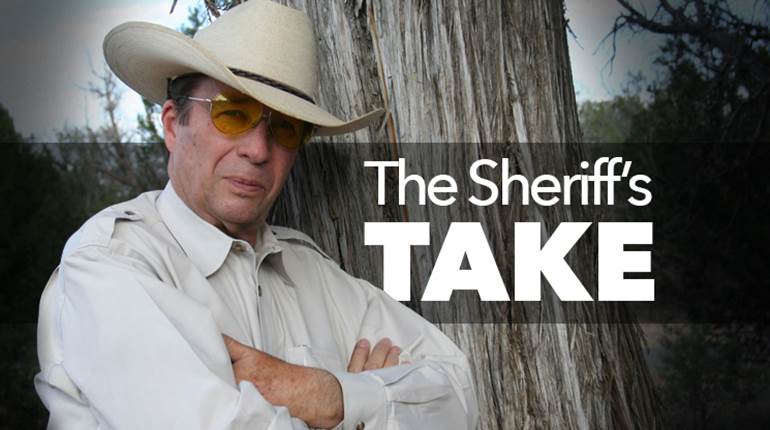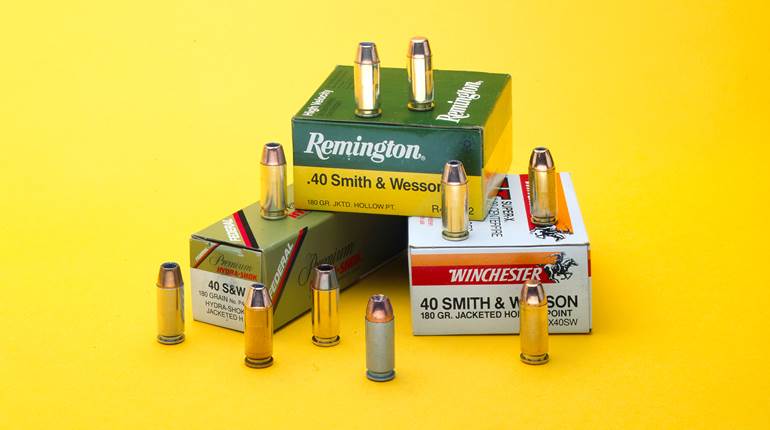
Every time I do class at Gunsite with a pistol, the top-notch instructors repeat the techniques of performing both speed and tactical reloads. For the uninitiated, a speed load is when the shooter in an ongoing gunfight has fired several rounds, ejects the magazine onto the deck and inserts a fully loaded replacement. Contrast that with the tactical reload, where the shooter drops the partially expended magazine into the palm, then inserts another with the same hand. The partially expended one goes into a designated pocket or pouch.
The major advantage of a speed reload is just that—speed. It returns the shooter to a fully loaded status in an absolute minimum of time. It should be obvious that in the midst of a fight with unknown assailants shooting from unknown places, a fully loaded gun is, to say the least, desirable. The major advantage of a tactical reload is that you retain the magazines that have at least some rounds in them. At some point in time, you may need to re-use those partials. If there is time to do a tactical reload, it may be prudent. As a doctrine, this is hard to fault.
The vast majority of gunfight situations are likely to be populated with one or two opponents and not a battalion of black-hat bad guys. And the defensive shooter who faces one is less likely to have the supply of magazines at hand that he or she wore on the firing line at Gunsite. For these reasons, an additional phrase has crept into the defensive shooter's lexicon—reload when you can, not when you have to. Here, the idea is to deal with each threat/target as quickly as you can. If you suddenly come on two black hats, standing shoulder and advancing, shoot the most serious first and then the lesser threat. With no more threats in sight, execute a fast tactical reload to bring your piece back to fully loaded status. If there is any possibility of another attacker, do a speed magazine change. Strive to always keep your gun in a fully loaded state. Make it a habit to keep the gun fully loaded. If it's habitual, then you will never have to wonder whether or not you need to reload.
This attitude is becoming more pervasive and we are slowly seeing a greater number of speed changes and less of the tactical variety. The difference in time is very little, but an accomplished shooter can really fly on speed changes. It is every bit as important as sight alignment or trigger reset, and part of the skills of an accomplished handgunner.





































